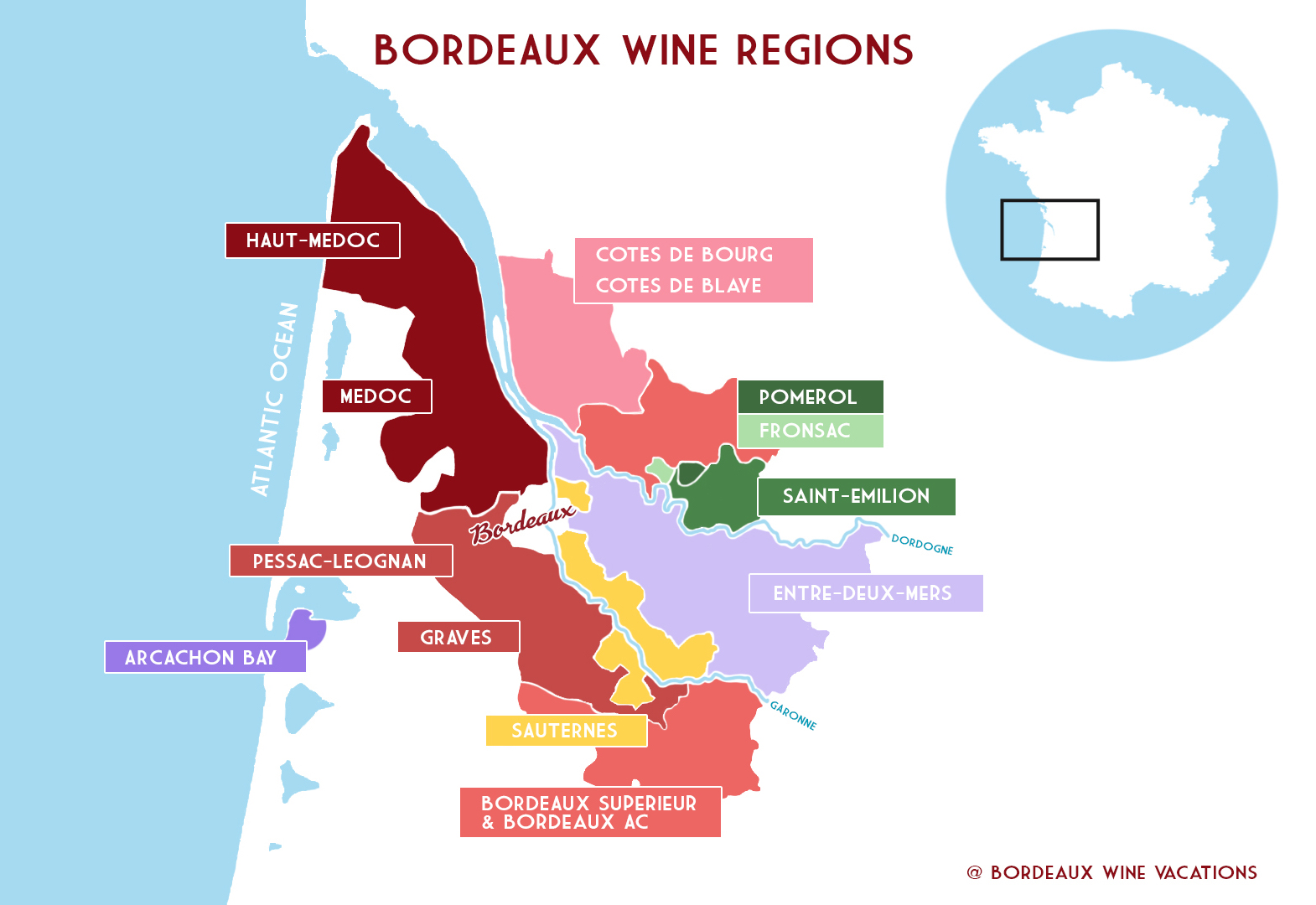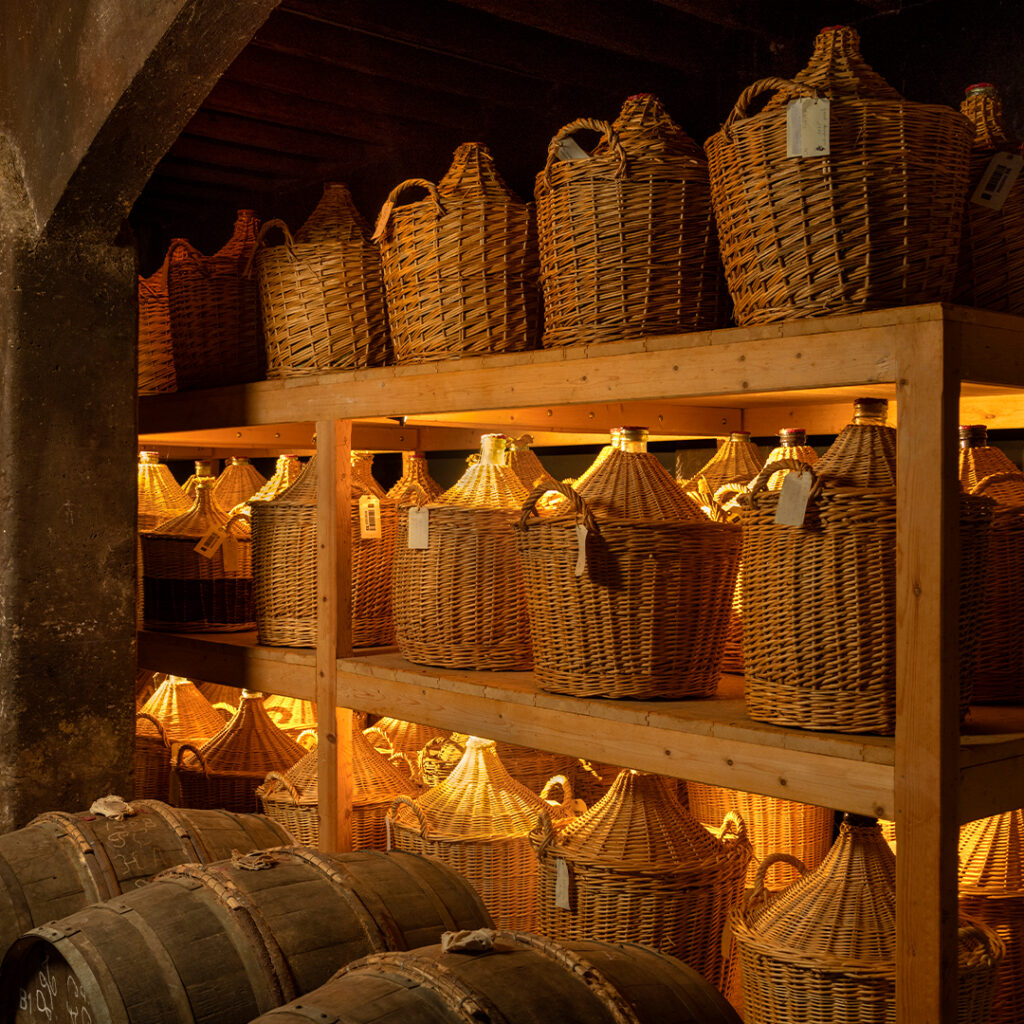

A couple of hours north of Bordeaux lies the village of Cognac, a small riverside town that gave its name to one of France’s greatest exports. It’s a place where craftsmanship, patience, and heritage blend as smoothly as the spirit itself. And while the world may know the name, few realize just how much history, pride, and quiet artistry live behind each bottle.
The landscape feels familiar to anyone who’s spent time in Bordeaux: rolling vineyards, elegant stone villages, and the steady rhythm of rural France. But here, the grapes tell a different story. Instead of deep red wines, Cognac is all about transformation: from vine to wine, wine to eau-de-vie, and finally to the amber spirit that has captivated connoisseurs for centuries.

Cognac begins with Ugni Blanc *aka Trebbiano, a humble white grape that produces light, acidic wines, perfect for distillation. After harvest, the wine is double-distilled in copper pot stills known as alambics charentais, a process that captures only the purest essence of the wine. The clear spirit, known as eau-de-vie, is then aged for years (often decades) in French oak barrels, where time and wood perform their slow magic.
Each distillery has its own style. Some favor floral, elegant expressions; others lean toward deep spice, dried fruit, and rancio. The result depends on countless details: the cru where the grapes are grown (like Grande Champagne or Borderies), the age of the oak, and the blending decisions made by the maître de chai, the cellar master.
Cognac’s story stretches back to the 16th century, when Dutch traders began distilling local wine to preserve it during transport. Over time, the technique evolved into an art form, and by the 18th century, Cognac had found its identity, elegant, refined, and distinctly French.
The town of Cognac still carries that history proudly. Its cobbled lanes wind past stately merchant houses and riverside warehouses blackened with the fungus torula compniacensis. a sign that Cognac is quietly evaporating inside, perfuming the air with what locals fondly call “la part des anges” (the angels’ share).
Walk along the Charente River, and you’ll pass the great names that helped make Cognac famous: Hennessy, Martell, Rémy Martin, and Courvoisier. Many of which open their doors for guided tours and tastings. But some of the most memorable visits happen at small family-run houses, where the owner might greet you personally, pour a glass straight from the barrel, and explain how his father or grandfather first built the cellar.


What surprises most visitors is how varied Cognac can be. Younger blends like VS and VSOP show fruit and freshness, while XO and older expressions lean into spice, nuts, and rich caramel tones. Some producers now experiment with single-vineyard bottlings or organic farming, proof that even in a centuries-old tradition, evolution never stops.
Locals rarely drink Cognac the way foreigners do. It’s often enjoyed sec (neat) after dinner, but also works beautifully in cocktails — think a Sidecar or Vieux Carré. Some even pour a splash into their coffee, a quiet evening ritual known as café brûlot. And if you ask nicely, a few distillers will let you taste Cognac straight from the cask… warm, raw, and unforgettable.
A day trip from Bordeaux to Cognac is a journey into the heart of craftsmanship. You’ll drive through sunflower fields and vineyards before arriving in the town itself, where the air carries a faint sweetness from nearby aging cellars.
The morning might begin with a private tour of a heritage house, walking past copper stills, watching the slow swirl of distillation, and tasting freshly cut eau-de-vie.
Lunch could be at a local brasserie along the Charente River, paired with regional dishes like duck confit or river fish in white wine sauce.
In the afternoon, you might visit a smaller artisan producer to contrast styles. Learning how soil, barrel age, and time all shape the spirit differently.
On the drive back to Bordeaux, the countryside glows with soft evening light, and the scent of oak and vanilla seems to linger.
Cognac isn’t just a drink; it’s a reminder that mastery takes time and that patience, once again, defines the best of France.
